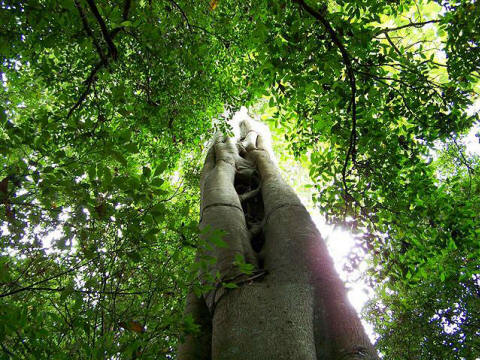|
Morton Bay Fig - Wingham Brush - Wingham Wingham Brush, locally
known as ‘The Brush’ is a nine hectare remnant of the lowland
tropical rainforest on the Manning River NSW which once covered
many of the coastal floodplains along the coastal region. National Parks Wingham
Brush Nature Reserve
leaflet |
||
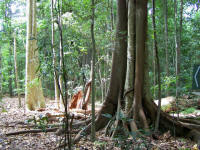 |
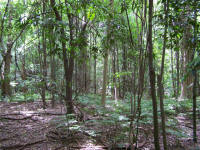 |
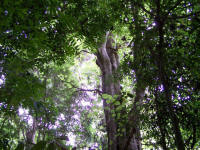 |
|
Morton Bay Fig Ficus macrophylla |
forest understorey |
Morton Bay Fig Ficus macrophylla |
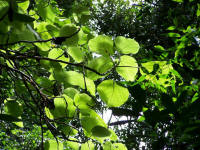 |
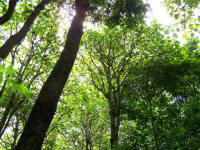 |
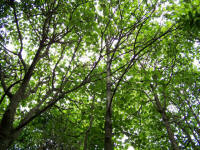 |
|
Giant Stinging Tree Dendrocnide excelsa |
Giant Stinging Tree | Giant Stinging Tree |
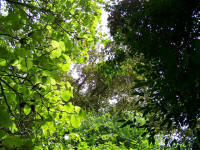 |
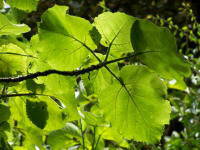 |
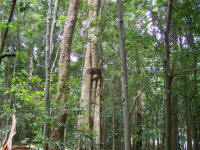 |
| Giant Stinging Tree | Giant Stinging Tree | Morton Bay Fig |
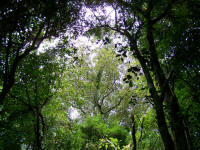 |
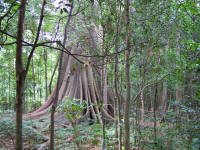 |
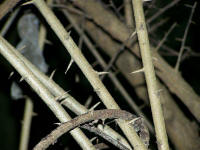 |
| canopy | Morton Bay Fig |
Cockspur Thorn Maclura cochinchinenis |
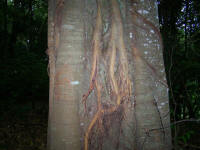 |
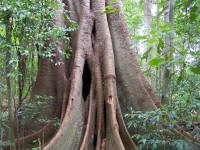 |
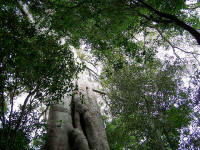 |
| Morton Bay Fig | Morton Bay Fig | Morton Bay Fig |
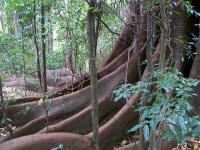 |
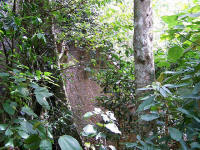 |
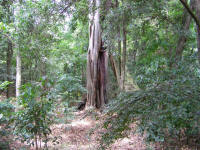 |
| Morton Bay Fig | Morton Bay Fig | Morton Bay Fig |
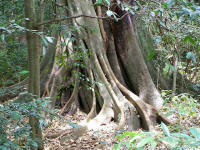 |
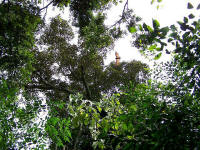 |
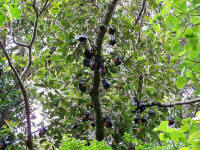 |
| Morton Bay Fig | grey-headed flying fox | grey-headed flying fox |
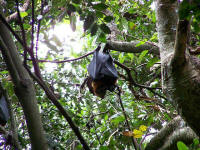 |
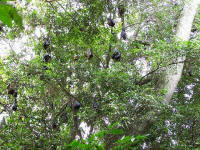 |
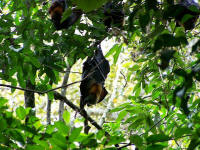 |
| grey-headed flying fox | grey-headed flying fox | grey-headed flying fox |
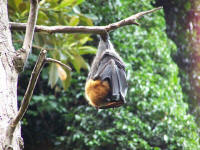 |
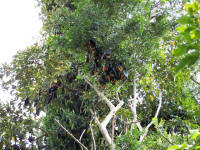 |
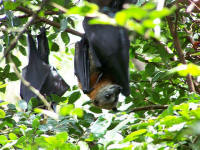 |
| grey-headed flying fox | grey-headed flying fox | grey-headed flying fox |
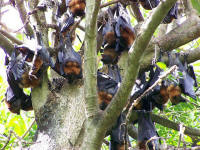 |
 |
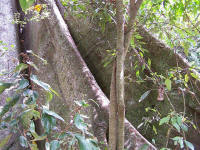 |
| grey-headed flying fox | grey-headed flying fox | Morton Bay Fig |
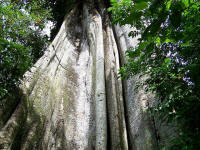 |
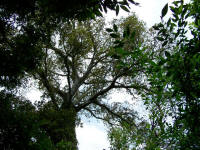 |
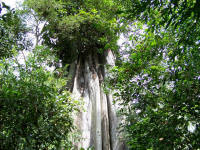 |
| Morton Bay Fig | Morton Bay Fig | Morton Bay Fig |
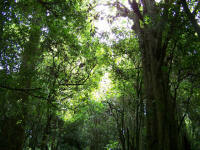 |
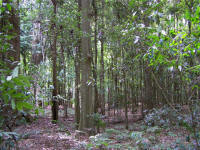 |
|
| canopy | Brush turkey mound | remains of sawpit |
|
|
|
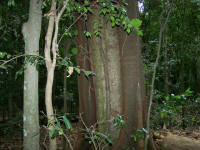 |
| canopy | canopy | Morton Bay Fig |
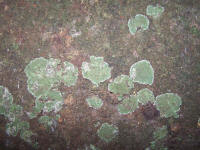 |
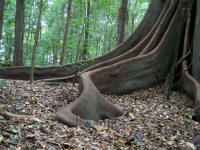 |
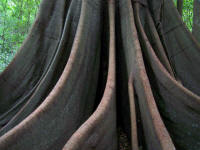 |
| Morton Bay Fig | Morton Bay Fig | Morton Bay Fig |
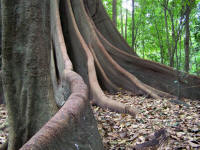 |
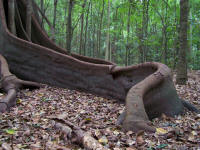 |
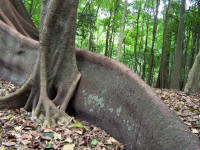 |
| Morton Bay Fig | Morton Bay Fig | Morton Bay Fig |
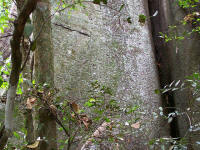 |
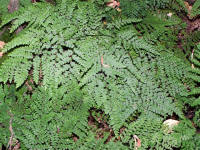 |
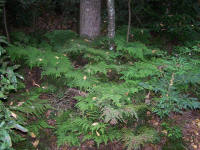 |
| Morton Bay Fig |
Black Stem Maidenhair Adiantum formosum |
Black Stem Maidenhair Adiantum formosum |
|
|
|
|
| Rufous Fantail | Brush Turkey | |
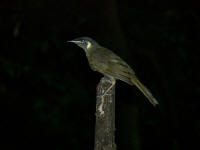 |
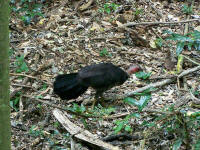 |
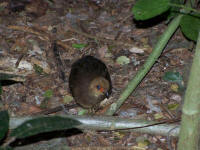 |
| Lewin's Honeyeater | Brush Turkey | juvenile Brush Turkey |
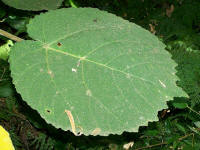 |
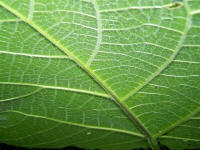 |
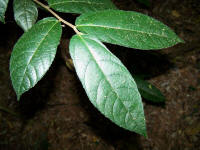 |
|
Giant Stinging Tree Dendrocnide excelsa |
Giant Stinging Tree Dendrocnide excelsa |
Sandpaper Fig ficus coronata |
|
|
|
|
| Morton Bay Fig | Morton Bay Fig | Morton Bay Fig |
|
|
|
|
| Giant Stinging Tree | Morton Bay Fig | water vine |
|
|
|
|
| Cockspur Thorn | Giant Stinging Tree | Giant Stinging Tree |
| back to IN OUR BACKYARD | ||
